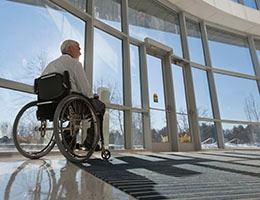
Not all chest pain is a heart attack. While acute coronary syndrome (ACS) may be the most common serious cause of chest pain, clinicians must keep other dangerous conditions in the differential diagnosis and eliminate the possibilities based on the patient’s history, risk stratification, physical exam and diagnostic testing. One of the most dramatic and perplexing causes for acute chest pain, other than ACS, is thoracic aortic dissection.










